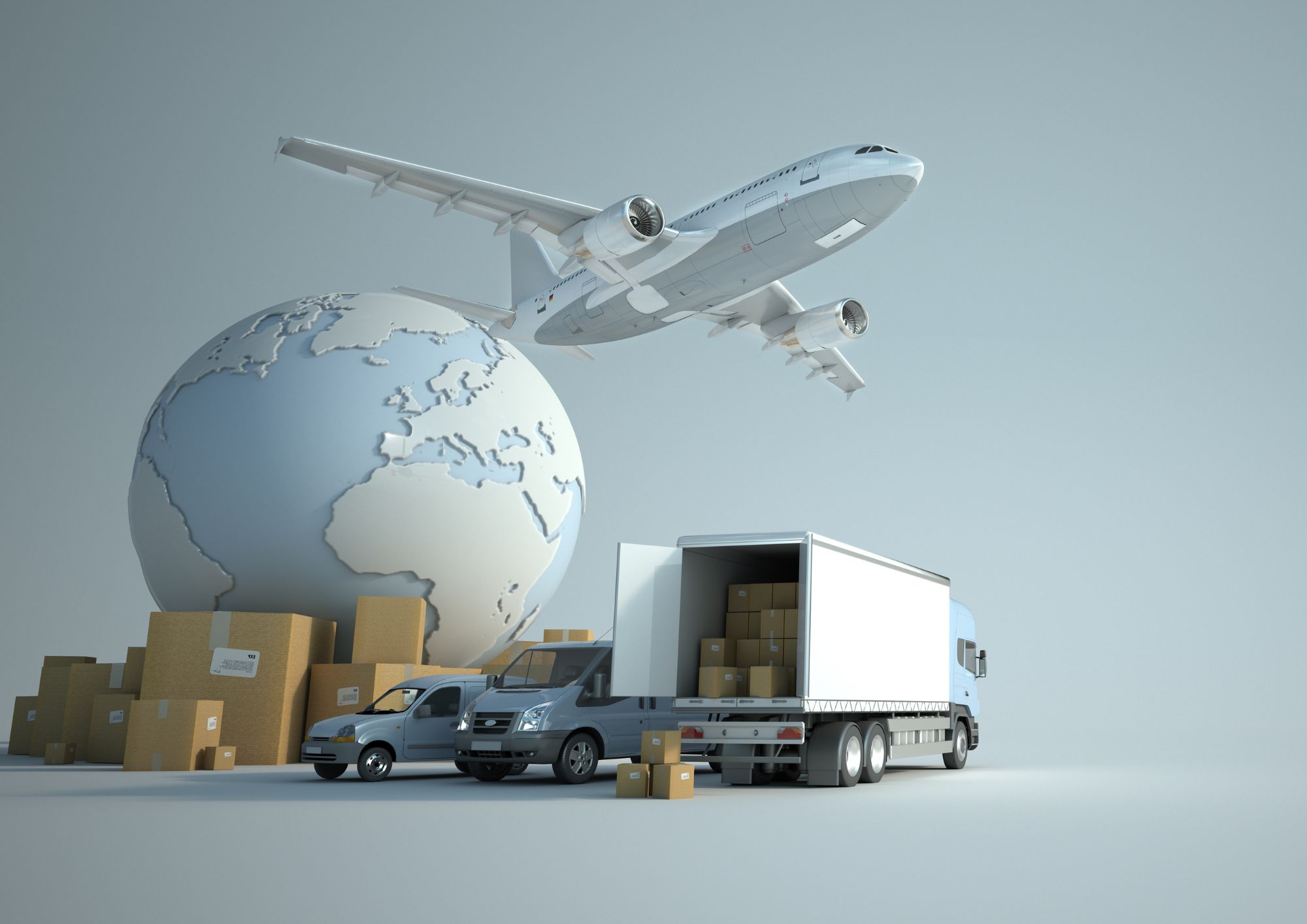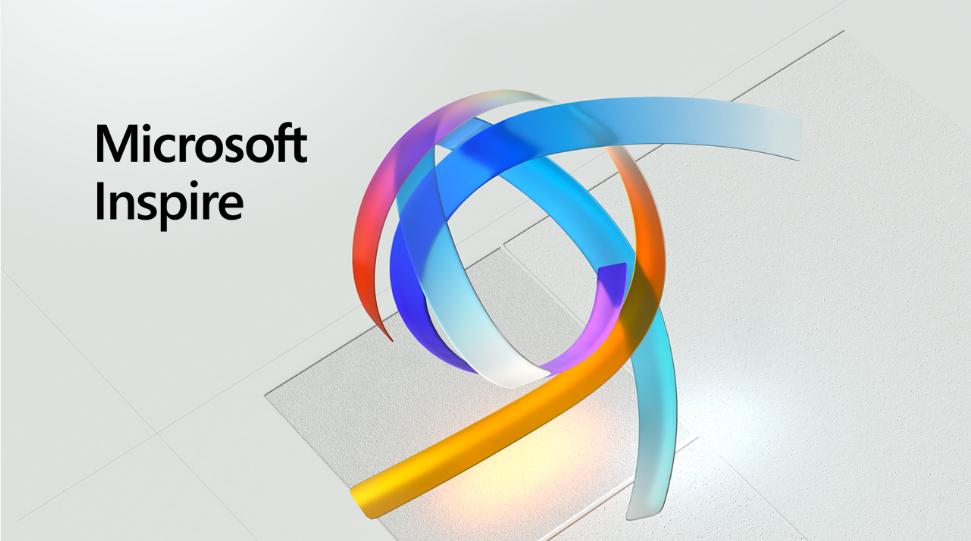In the world of transportation, autonomous vehicles are quickly becoming a reality, thanks to the advancements in computer vision and machine learning.
As we cruise into the future, let’s explore how computer vision is powering self-driving cars 🚘 and transforming the way we move around.
Computer Vision in Transportation 🌐
Computer vision is a subfield of artificial intelligence that enables machines to process and interpret visual information from the world.
By teaching computers to “see” and analyze images and videos, computer vision technology has opened up countless possibilities, including making autonomous vehicles a reality.
In self-driving cars, computer vision algorithms work in tandem with other sensors like lidar, radar, and ultrasonic sensors to perceive the vehicle’s surroundings, identify objects, and make intelligent decisions in real-time.
This seamless interplay of sensors and computer vision allows autonomous vehicles to navigate complex environments with precision and safety.
Evolution of Autonomous Vehicles 🚀
The journey of autonomous vehicles dates back to the 1980s when the idea was first conceptualized. Since then, the technology has evolved by leaps and bounds, and today, we have vehicles with varying levels of autonomy:
- Level 0: No Automation
- Level 1: Driver Assistance
- Level 2: Partial Automation
- Level 3: Conditional Automation
- Level 4: High Automation
- Level 5: Full Automation
While Level 5 autonomous vehicles (those that can operate without any human intervention) are still under development, companies like Tesla, Waymo, and Cruise have made significant strides in deploying vehicles with Level 3 and Level 4 automation on public roads.
Self-Driving Car Technology 🤖
One of the key components of self-driving car technology is the integration of computer vision with other technologies such as deep learning, sensor fusion, and control systems.
These technologies work together to provide a comprehensive understanding of the vehicle’s environment and enable it to make safe and efficient driving decisions.
For example, a self-driving car may use computer vision to recognize a stop sign 🛑, deep learning to predict the behavior of pedestrians, and sensor fusion to determine the distance and speed of other vehicles on the road.
import cv2
import numpy as np
# Load a pre-trained neural network for object detection
net = cv2.dnn.readNetFromCaffe('MobileNetSSD_deploy.prototxt', 'MobileNetSSD_deploy.caffemodel')
# Load an image captured from the vehicle's camera
frame = cv2.imread('road_scene.jpg')
# Detect objects in the image using the neural network
blob = cv2.dnn.blobFromImage(frame, 0.007843, (300, 300), 127.5)
net.setInput(blob)
detections = net.forward()
# Process the detections and identify traffic signs, pedestrians, and vehicles
for i in np.arange(0, detections.shape[2]):
confidence = detections[0, 0, i, 2]
if confidence > 0.5:
idx = int(detections[0, 0, i, 1])
box = detections[0, 0, i, 3:7] * np.array([frame.shape[1], frame.shape[0], frame.shape[1], frame.shape[0]])
(startX, startY, endX, endY) = box.astype("int")
# Draw a bounding box around the detected object and label it
label = "{:.2f}%".format(confidence * 100)
cv2.rectangle(frame, (startX, startY), (endX, endY), (0, 255, 0), 2)
y = startY - 15 if startY - 15 > 15 else startY + 15
cv2.putText(frame, label, (startX, y), cv2.FONT_HERSHEY_SIMPLEX, 0.5, (0, 255, 0), 2)
# Display the processed image with detected objects
cv2.imshow("Output", frame)
cv2.waitKey(0)
cv2.destroyAllWindows()This sample Python code demonstrates the use of a pre-trained neural network to detect objects in a road scene captured by a vehicle’s camera.
The detected objects, such as traffic signs, pedestrians, and other vehicles, are then highlighted with bounding boxes.
Impact of Computer Vision on Transportation 🌍
The integration of computer vision into autonomous vehicles has far-reaching implications for transportation.
It has the potential to reduce the number of accidents caused by human error, improve traffic flow, reduce congestion, and lower emissions.
Furthermore, self-driving cars could revolutionize the way we approach urban planning, public transportation, and mobility services for the elderly and disabled.
Challenges and Concerns 🚧
While the potential benefits of autonomous vehicles are immense, there are several challenges and concerns that must be addressed before we can fully embrace this technology:
- Safety: Ensuring the safety of passengers, pedestrians, and other road users remains the top priority. Self-driving cars must be rigorously tested and validated under various conditions to prove their reliability and robustness.
- Regulations: The development and deployment of autonomous vehicles must be guided by a clear regulatory framework that addresses issues like liability, data privacy, and cybersecurity.
- Ethics: Autonomous vehicles will have to make complex ethical decisions in situations where there’s no clear right or wrong. Establishing ethical guidelines and principles for these machines is crucial to building public trust.
- Infrastructure: Upgrading existing road infrastructure to accommodate self-driving cars, including the installation of smart traffic systems, sensors, and communication networks, will be a massive undertaking.
- Public Perception: Building public acceptance of autonomous vehicles is crucial for their successful integration into society. This includes addressing concerns about job displacement and ensuring a smooth transition for affected workers.
As we tackle these challenges, the future of autonomous transportation becomes brighter.
With continued collaboration between researchers, developers, regulators, and the public, we can unlock the full potential of computer vision and self-driving cars to revolutionize the way we move around our cities and the world.
Future of Autonomous Transportation 🛣️
As computer vision technology continues to advance, we can expect to see even more sophisticated self-driving cars on the road.
In the coming years, fully autonomous vehicles could become a common sight, with ride-sharing services like Uber and Lyft transitioning to fleets of self-driving cars.
Moreover, the impact of computer vision will extend beyond passenger vehicles to other transportation modes such as trucks, buses, and even aircraft, paving the way for a safer, cleaner, and more efficient transportation ecosystem.
FAQs 💡
How does computer vision work in self-driving cars?
Computer vision algorithms process and analyze images captured by cameras mounted on the vehicle, enabling the car to “see” its environment and make intelligent driving decisions.
What are the benefits of autonomous vehicles?
Autonomous vehicles have the potential to reduce accidents caused by human error, improve traffic flow, reduce congestion, lower emissions, and revolutionize urban planning and mobility services.
Are fully autonomous vehicles available now?
Fully autonomous vehicles (Level 5) are still under development. However, vehicles with Level 3 and Level 4 autonomy are already being tested and deployed on public roads by companies like Tesla, Waymo, and Cruise.
What other technologies are used in self-driving cars?
In addition to computer vision, self-driving cars rely on deep learning, sensor fusion, control systems, and other advanced technologies to navigate complex environments safely and efficiently.
How will autonomous vehicles impact the future of transportation?
Autonomous vehicles will likely play a significant role in the future of transportation, influencing urban planning, public transportation, ride-sharing services, and mobility solutions for the elderly and disabled.
In Conclusion 🏁
Autonomous vehicles are poised to transform the future of transportation, thanks to the power of computer vision and other cutting-edge technologies.
As we overcome the challenges and concerns surrounding self-driving cars, we can look forward to a safer, more efficient, and sustainable transportation ecosystem.
So buckle up and enjoy the ride, because the future of transportation is already taking shape on the roads around us! 🚗🔮
Thank you for reading our blog, we hope you found the information provided helpful and informative. We invite you to follow and share this blog with your colleagues and friends if you found it useful.
Share your thoughts and ideas in the comments below. To get in touch with us, please send an email to dataspaceconsulting@gmail.com or contactus@dataspacein.com.
You can also visit our website – DataspaceAI


